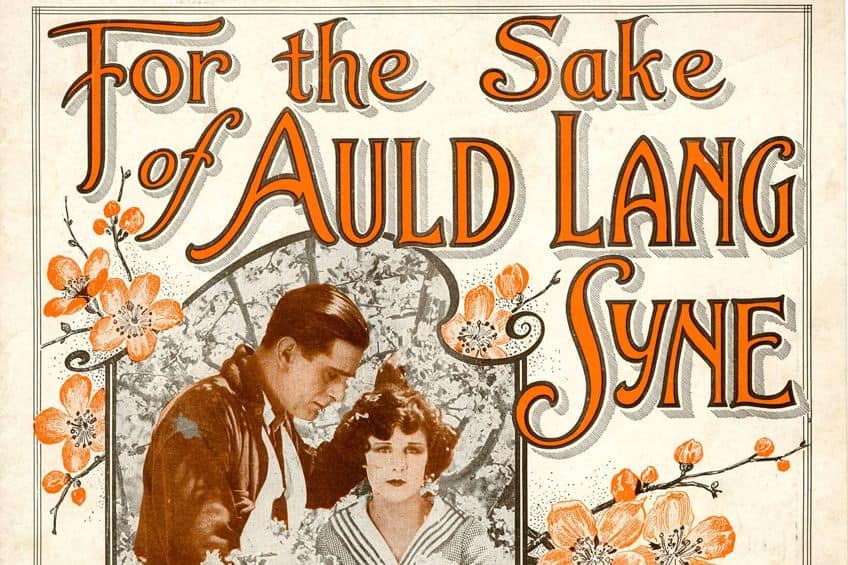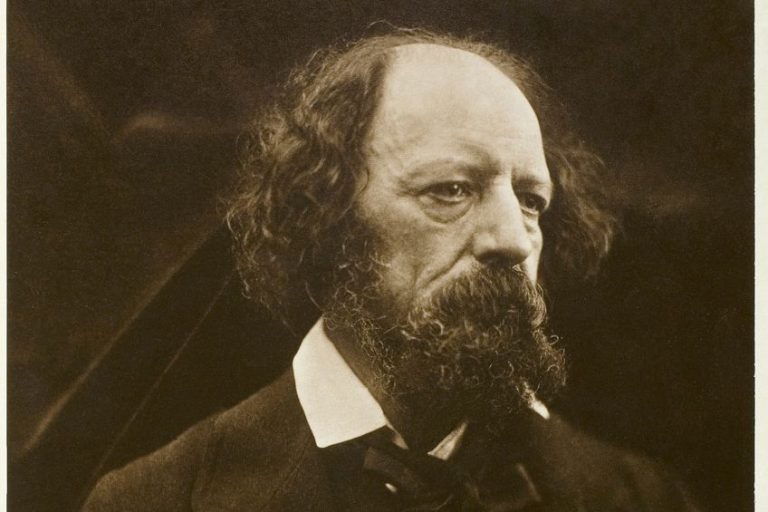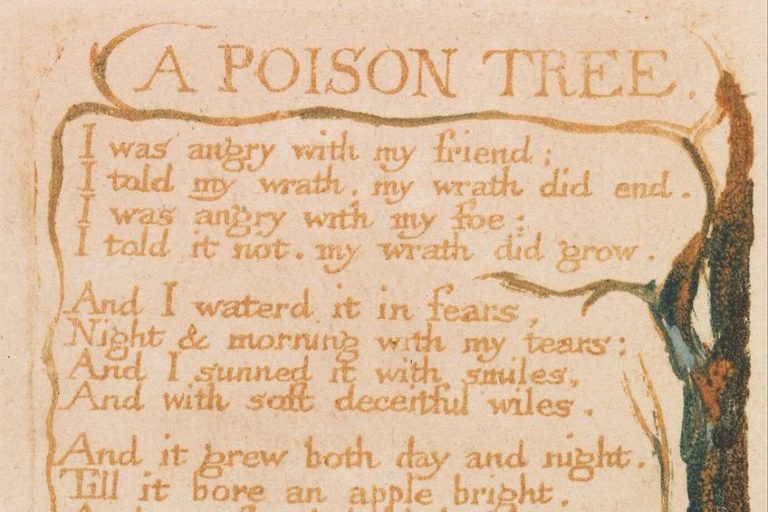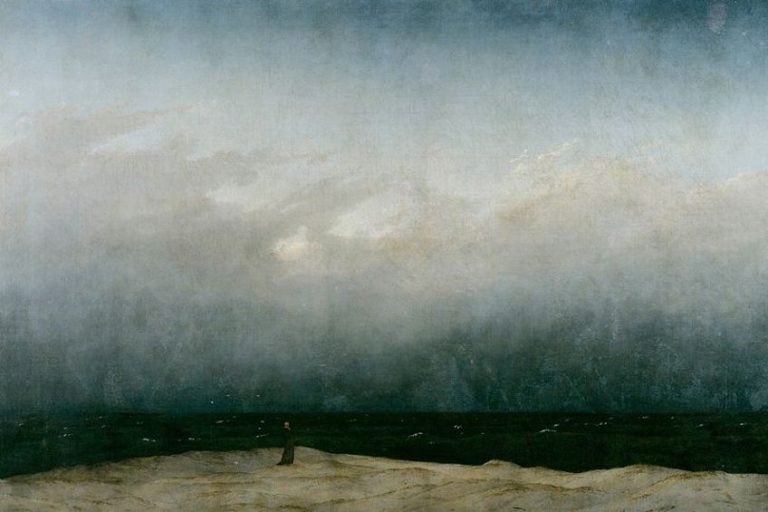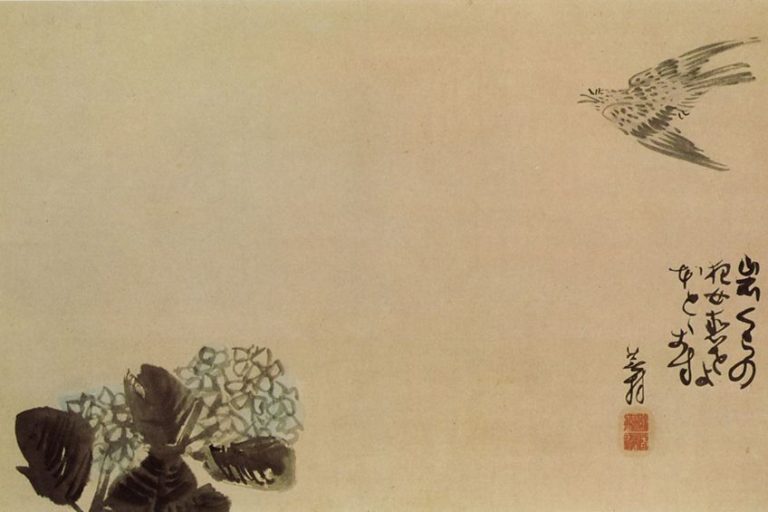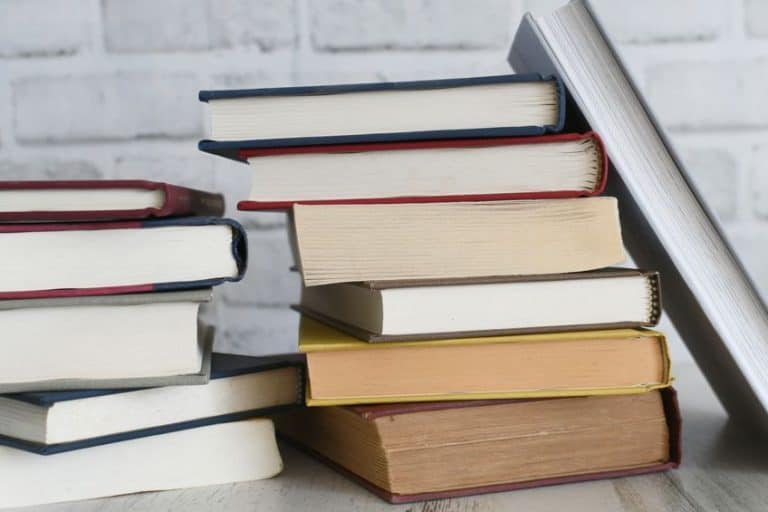What Is a Ballad Poem? – The History of Musical Poetry
What is a ballad poem? What are the different types of ballad poems? What is a folk ballad? These questions, and more, will be the focus of this article. We will explore the history of this poetic form, the characteristics of ballad poems, some of the main varieties of this form, a few ballad poem examples, and the way in which the ballad in poetry has also become associated with modern-day music. If this is something that interests you, then let’s have a look at the ballad in poetry to see what all there is to learn.
What Is a Ballad Poem?
The ballad poem is one of the most notable poetic forms in the modern day because of its influence on later forms, such as music, but what is a ballad poem in a more traditional sense? This poetic form is one of the oldest in the English language and has a strong association with the language’s history and folkloric traditions.
The basic premise behind a ballad poem is that it traditionally made use of music. It was a poetic form that was attached to music, but not in an overwhelming capacity. The primary focus was on the words rather than the musical instruments. However, these poems were still generally expected to be more musical in their presentation. They were meant to make use of more common forms of meter, specific rhyme schemes, and refrains.
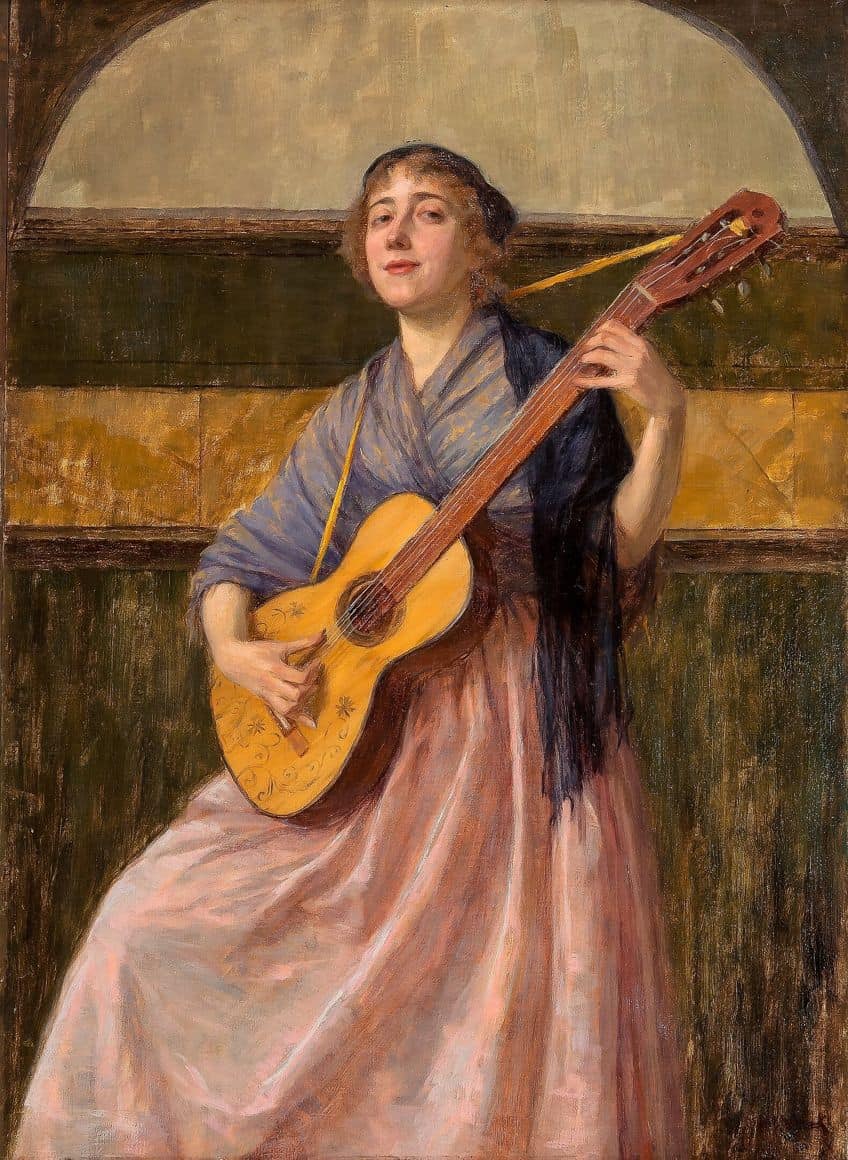
All of this goes to show that the ballad has a strong association and affinity with music, and we will show some of that throughout the course of this article. There are many ballads, especially those that came later, which were not automatically attached to music, so let’s start off with the history of ballad poetry to see how we reached our present understanding of the question: “What is a ballad poem?”.
The History of the Ballad in Poetry
The earliest instance of ballad poetry arose in medieval France. These earliest examples of ballad poems were those that had been specifically produced and designed around dances. These poems would eventually make their way into England, where they adapted and changed. They started to instead become used for storytelling purposes. However, the musical aspect of these early ballads was generally retained.
These early ballads, which are known as folk ballads, would often be used as a means of recording examples of folkloric characters and stories, such as Robin Hood. However, it developed through the oral tradition. In essence, this means that these examples of ballad poems were not recorded using written language, especially because they would have developed when literacy was not as prominent.
The issue with the oral tradition is that it obscures origins. We do not know who wrote many of these early folk ballads, but as they passed through successive generations, different versions with different wording and layouts would develop.
This led to a massive number of these kinds of texts before there was any real way to record them. They would only start to be recorded later. During the Romantic period, a different type of ballad poem arose, and these were more specifically designed around standard poetic form. These instances of the ballad in poetry were generally noted for making less use of the implicit inclusion of music, as many folk ballads were also accompanied by music and even dance. Regardless of the loss of some of the actual music, ballad poems did usually entail the use of more musical-style language.
As time developed, later versions of ballads started to be sold as broadsides. These texts were often single sheets of paper with poor-quality printing, and they were sold and distributed with illustrations and music added to them. This meant that they could be performed or enjoyed before the invention of the kind of technology that would make things like this obsolete, such as the radio.
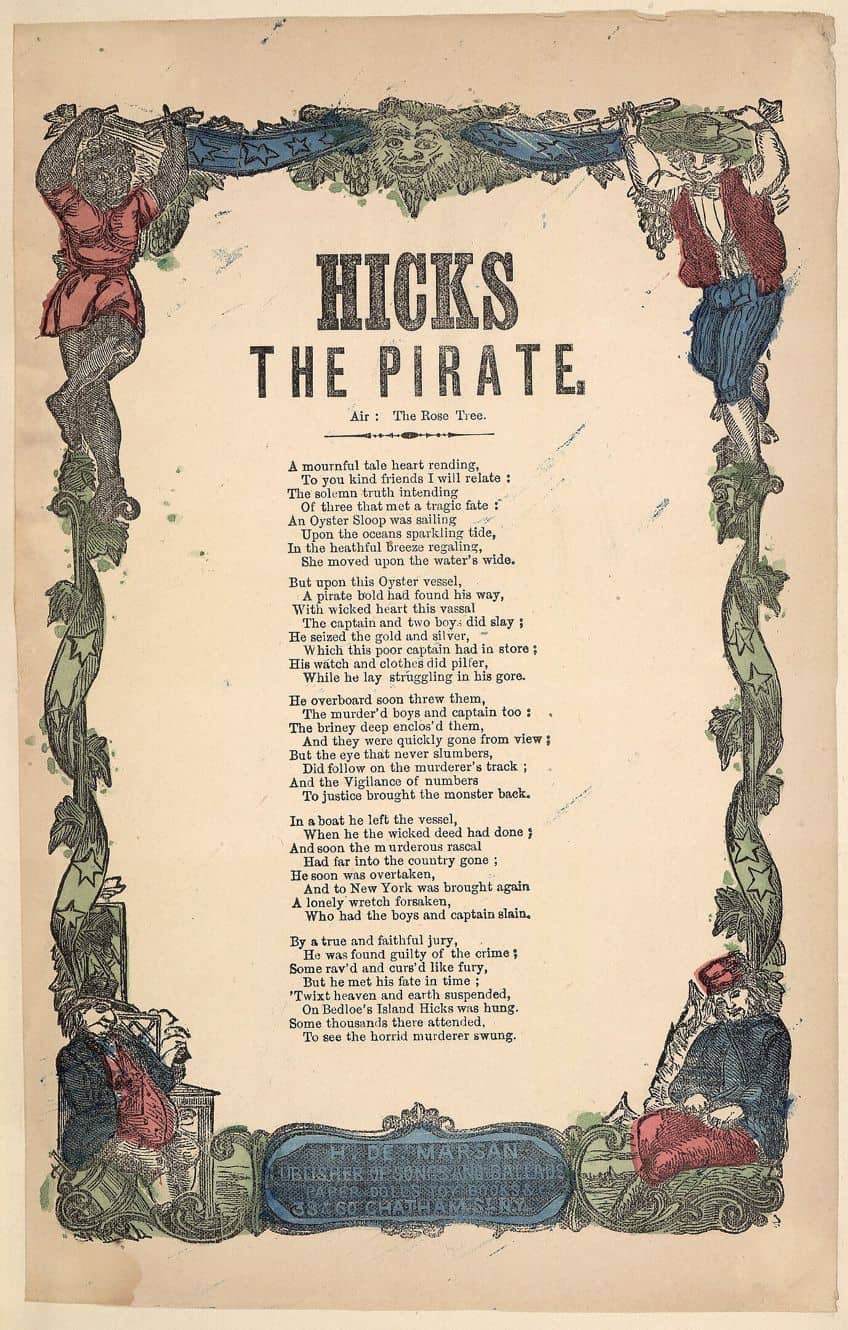
Today, the ballad does persist but not in quite the same way as it once did. The ballad has instead become strongly associated with contemporary music, but this will be explored in more depth later today. However, the ballad poem has retained its important place in terms of a culture’s folkloric history, and while more standard ballad poems are not as common as they used to be, they do still persist.
The Characteristics of Ballad Poetry
The primary characteristic of the ballad poem is its musicality. While the specific rhyme scheme and meter are variable, they are usually associated with a more rhythmic general presentation. For instance, a common rhyme scheme is the ABCB layout, and while this is not true in all instances of ballad poetry, it is a persistent structure. In addition, more common forms of meter are often used in these types of poems.
Other than its musicality, the purpose of the ballad is to tell a story. If it does not tell a story, then it is not a ballad.
These poems often tell the story of folkloric characters and events, and there is great variation in the specific stories that can be told. Many of the earliest examples of ballad poems would go on to be widely influential in the development of folklore. Another common characteristic of the ballad is the use of a refrain. This is not a definitive necessity in all ballad poem examples, but it is a common one. The use of a refrain has a strong association with music, and the repetition aids in the establishment of the musicality of the poem.
The Main Types of Ballad Poems
There are many different types of ballad poems, and we are going to examine the three principal forms. What is a folk ballad? What is a lyrical ballad? What is a modern ballad? That is what we will discuss in this section before we move on to a different array of types of ballad poems.
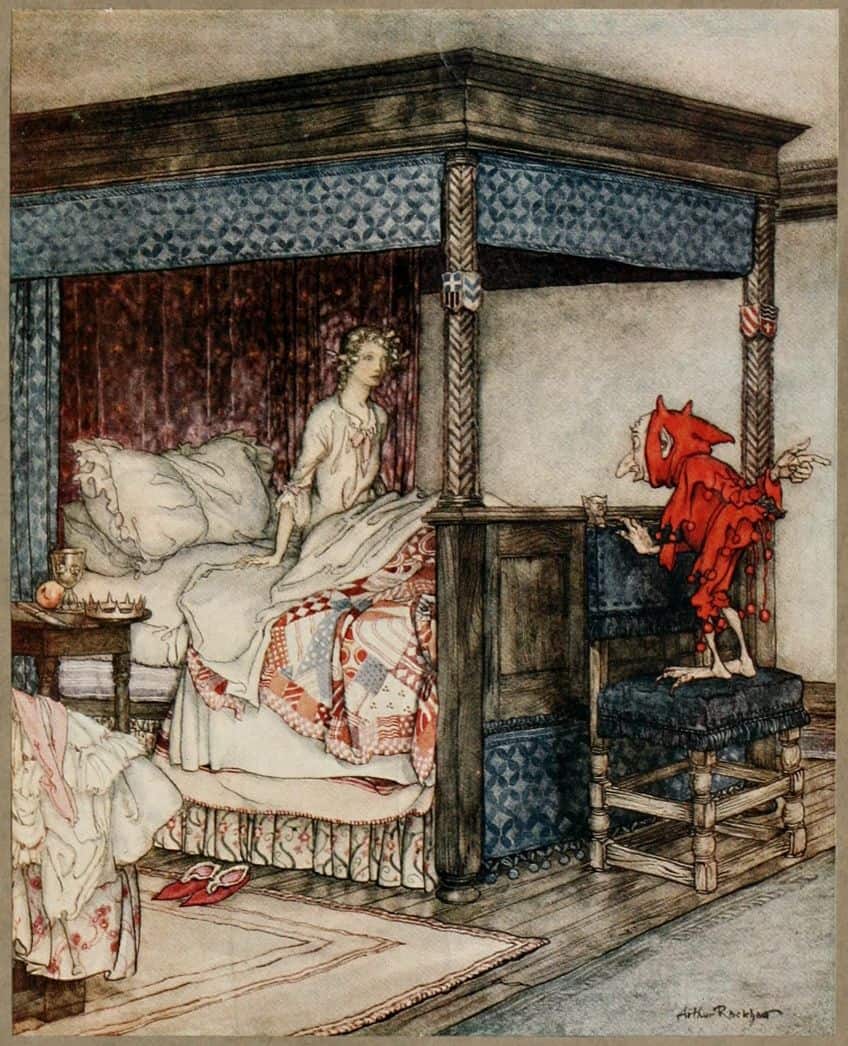
Folk Ballads
Folk ballads, also known as traditional ballads, are the oldest of the different types of ballad poems. These ballads existed before they were recorded in written language, and for this reason, they are seen as examples of the oral tradition. This also means that there is often no definitive text of each individual folk ballad. Instead, there are different versions of these ballads that may make use of entirely different poetic layouts but are otherwise concerned with the same general characters or narrative.
These types of ballad poems are considered to be early instances of folk stories set to a musical style, and they often employ common forms of meter and melodic rhyme schemes.
As these poems originated as instances of the oral tradition, their authorship is often unknown. Stories of this variety often developed out of shared stories in small communities in which one person learned from the next, added their own elements, and never knew where they had learned the poem from in the first place.
Many of these folk ballads are also important in the development of folklore in a region, and important folkloric figures, like Robin Hood, arose in folk ballads. While folk ballads were also traditionally developed around music and dance, not all of these folk ballads necessarily employed this style. However, the musicality of the folk ballad did generally persist even if actual music was not always applied to every instance of a folk ballad.
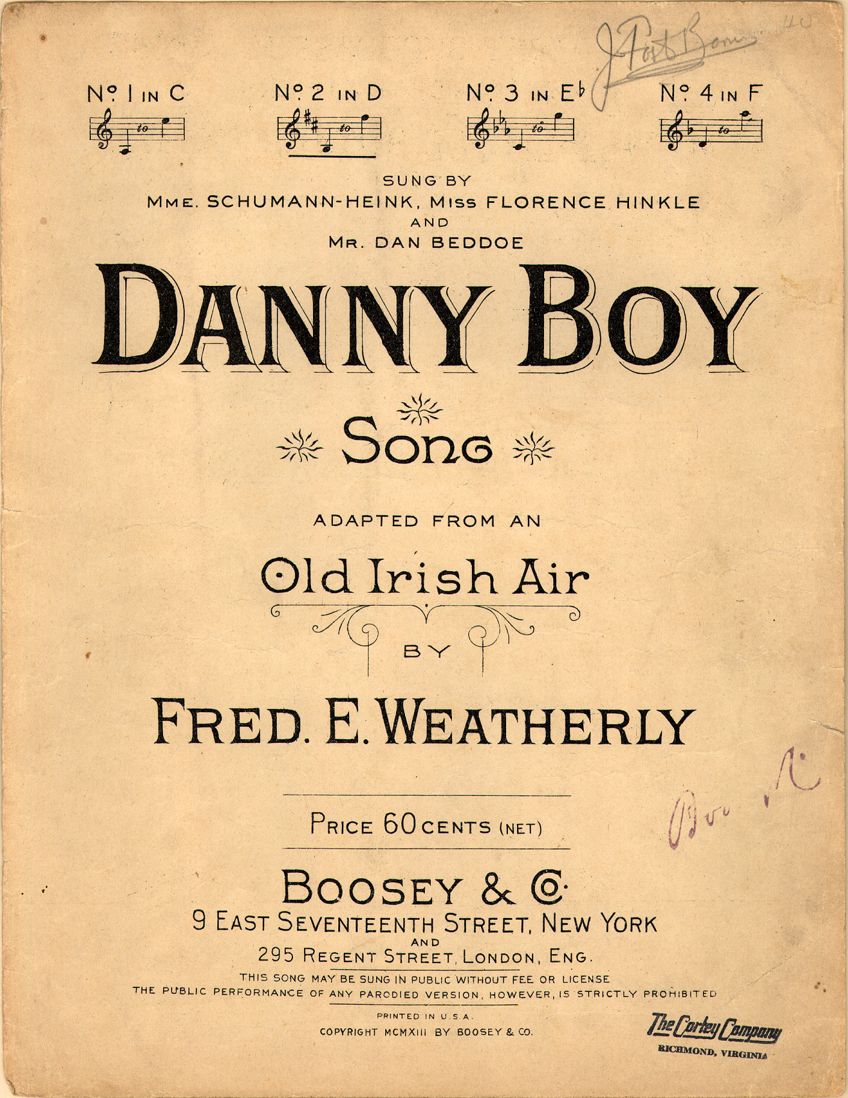
Lyrical Ballads
Lyrical ballads, also known as literary ballads, would come after the development of the folk ballad. Instead of the anonymity of the folk ballad, the lyrical ballad was explicitly written and developed by a poet. This type of ballad poetry arose during the 18th century, and it was the Romantics who produced some of the most notable instances of lyrical ballads.
They were inspired by folk ballads in their work.
The use of a more musical quality was generally retained in these ballad poem examples. These poems would usually employ a more rhythmic quality with strong use of meter and rhyme. Many of the most famous ballad poems from this tradition were those that were concerned with adventure and exciting events. There are many examples of ballad poems from this period that told the tale of folkloric-style heroes and their accomplishments.
Many of the early instances of lyrical ballads made use of more common language, but this was not always the case. The lyrical ballad allowed for the proliferation of this form, and many would produce their own versions of this variety of poetry to produce narratives that flowed and were enjoyable to read.
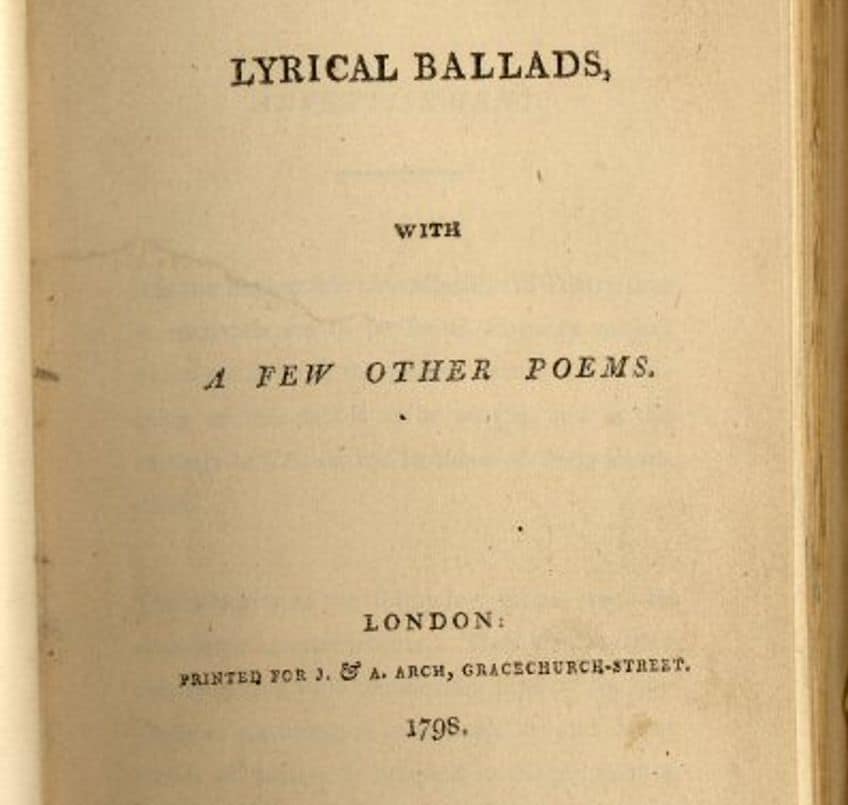
Modern Ballads
The modern ballad is a term that is used to describe any later form of ballad that did not have its origins in folk ballads or lyrical ballads. However, some instances of modern ballads could still be called lyrical ballads in some sense. The primary defining characteristic of the modern ballad is that it makes use of less traditional uses of meter and rhyme.
The modern ballad has gone on to influence music, but that will be discussed in more detail later.
The modern ballad often made use of less adventurous subject matter than the kind that had been enjoyed in lyrical ballads, and there are instances of modern ballads that look at romance, war, religion, and various other examples of topics that were not traditionally examined in folk ballads and the poems that had been inspired by them.
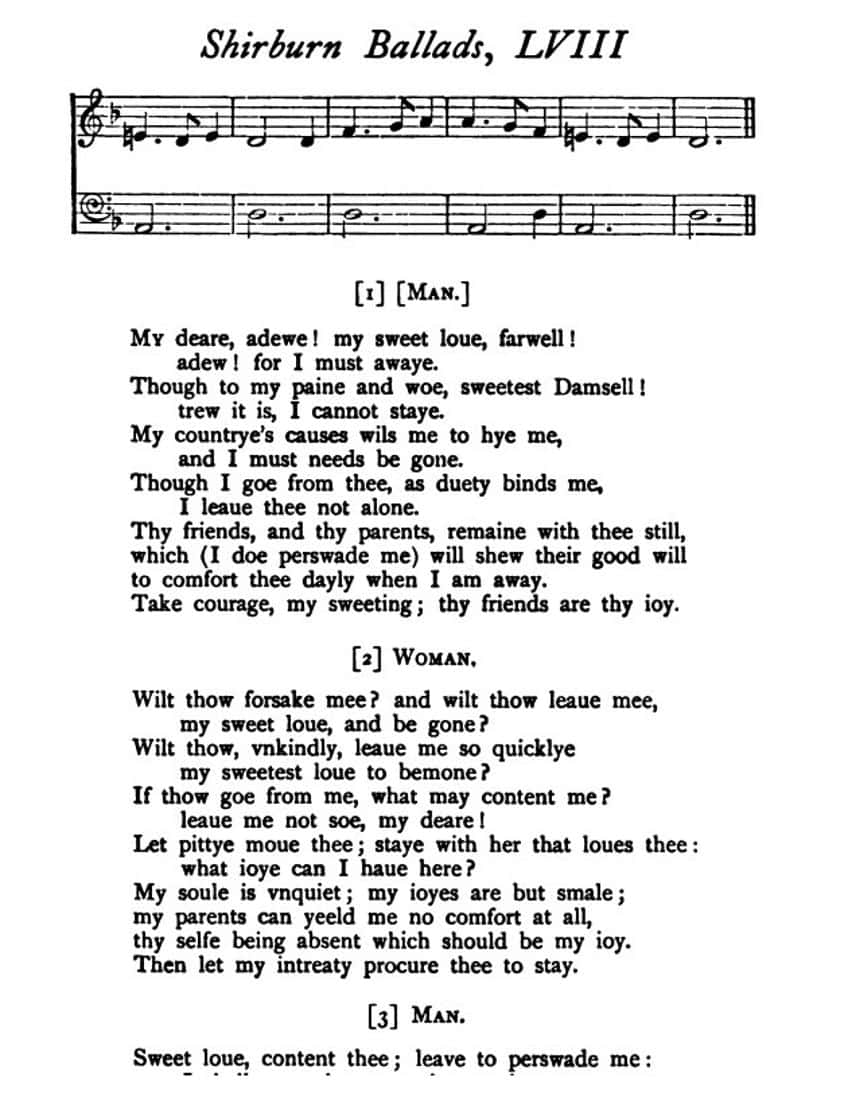
The Regional Subsets of Ballad Poetry
While we have examined the primary types of ballad poems, there are actually instances of ballad poetry that are a little different and more regional than those that have already been discussed and explored. These instances are not quite as famous, but they have remained important ballad poem examples into the modern day.
So, let’s have a look at three other types of ballad poems that do not as conveniently fall into the primary categories.
Blues Ballads
Blues ballads are a form of ballad poetry that arose in the late-19th century. This style is generally associated with African-American styles and can be seen as an early influence on blues music. These kinds of ballads would make use of similar styles as more traditional ballads.
Bush Ballads
Bush ballads are a form of ballad poetry that arose in Australia. This instance of ballad poetry became associated with the Australian bush, and it often made use of similar kinds of narratives as those found in more traditional ballads.
These ballad poem examples would become important in the development of European Australian folklore.
Famous Ballad Poem Examples
There are many famous ballad poem examples in the world, but we are only going to examine three of them today. While there may be many more, we are going to focus on one from each of the major types of ballad poems. We will examine one folk or traditional ballad, one lyrical or literary ballad, and one modern ballad. This should give a good general overview of the ballad in poetry.
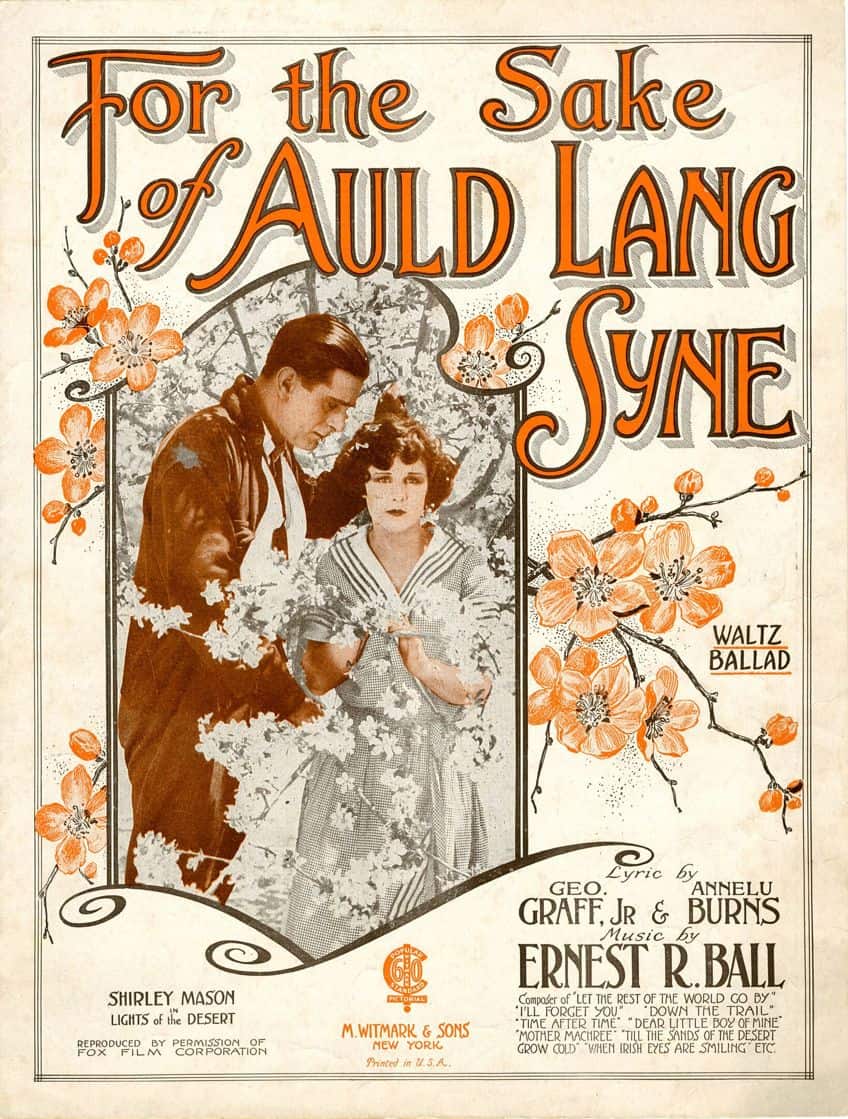
Tam Lin (16th Century) from Scottish Tradition
| Date Published | 16th century |
| Type of Poem | Folk ballad |
| Rhyme Scheme | Variable |
| Meter | Variable |
| Topic | Fairy tale |
Tam Lin is a folkloric example of ballad poetry. This particular ballad poem example does not have the kind of definitiveness that later varieties of ballads possess because there is no real singular version of the story. As it is an example of a folk ballad, there are numerous versions and iterations of it that make use of different general structures.
For this reason, it cannot be analyzed in general in the same sense that some other texts might be analyzed as there is no singular version.
The folk ballad of Tam Lin is a Scottish tale about a mortal woman who encounters a mysterious man with a connection to the faeries. She must go on her own adventure to save him while the faeries attempt to get him back. This classic tale has been noted for its focus on a female protagonist when such protagonists were not as common, and it makes use of a magical general perspective that is very appealing to those who want to hear fairy tales of this description. It has remained a popular folk ballad.
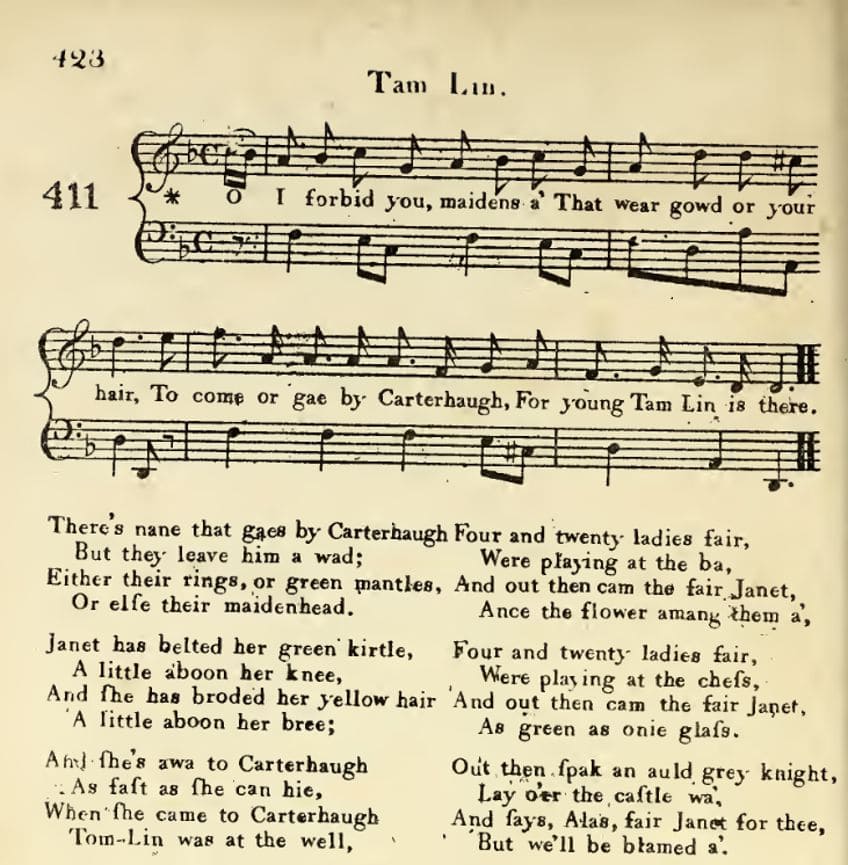
The Rime of the Ancient Mariner (1798) by Samuel Taylor Coleridge
| Date Published | 1798 |
| Type of Poem | Lyrical ballad |
| Rhyme Scheme | ABCB |
| Meter | Iambic |
| Topic | Sailor’s life |
The Rime of the Ancient Mariner is one of the most famous ballad poems from the Romantic era and one of the best-known poems written by Samuel Taylor Coleridge. The poem is considered to be one of the greatest instances of the lyrical ballad.
In this case, the poem is noted for its relatively simple, yet often obscure use of language, and its use of repetition.
However, it does still follow the general idea behind the ballad in poetry by being concerned with a narrative. In the case of this particular narrative, the poem is concerned with the character of the Ancient Mariner. This figure travels the ocean and proceeds through storms and the tropics. This narrative is a rather long ballad poem separated into parts, and each part contains another section of this journey across the ocean.
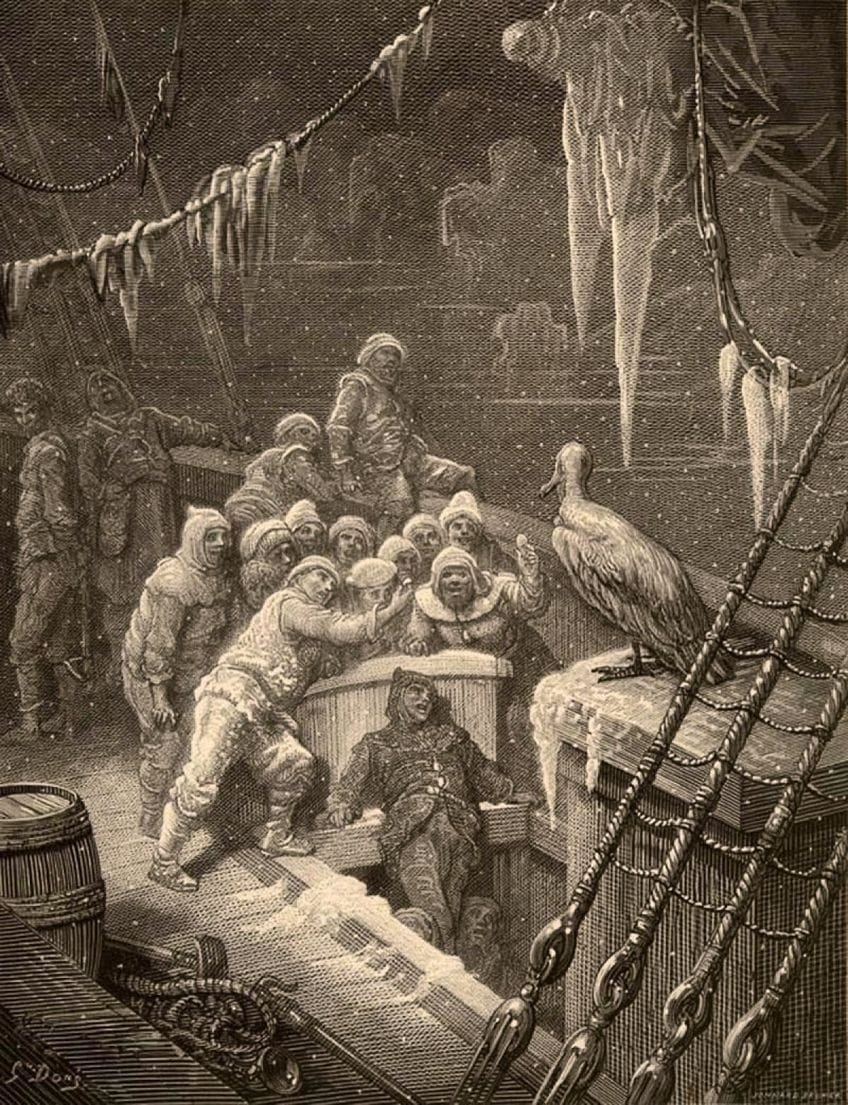
The Highwayman (1906) by Alfred Noyes
| Date Published | 1906 |
| Type of Poem | Modern ballad |
| Rhyme Scheme | AABCCB |
| Meter | Variable |
| Topic | Criminal life and love |
The Highwayman is one of the most famous instances of a modern ballad. It is a gothic tale that has become known for its use of highly musical language with a strong beat throughout it. It is also concerned with the narrative of the figure of the Highwayman, a criminal who robs people on the road.
This kind of anti-hero figure is relatively common in instances of folk ballads, and so the use of one in this situation calls similar texts to mind.
In terms of the narrative on display in this particular poem, the text details the love between the Highwayman and a woman. He comes for her after a trap has been set for him, and he dies on the highway. His death is played as a tragic event while the love between the two of these people is seen along high romance lines. This poem has come to be seen as one of the greatest examples of the more modern ballad poem examples.
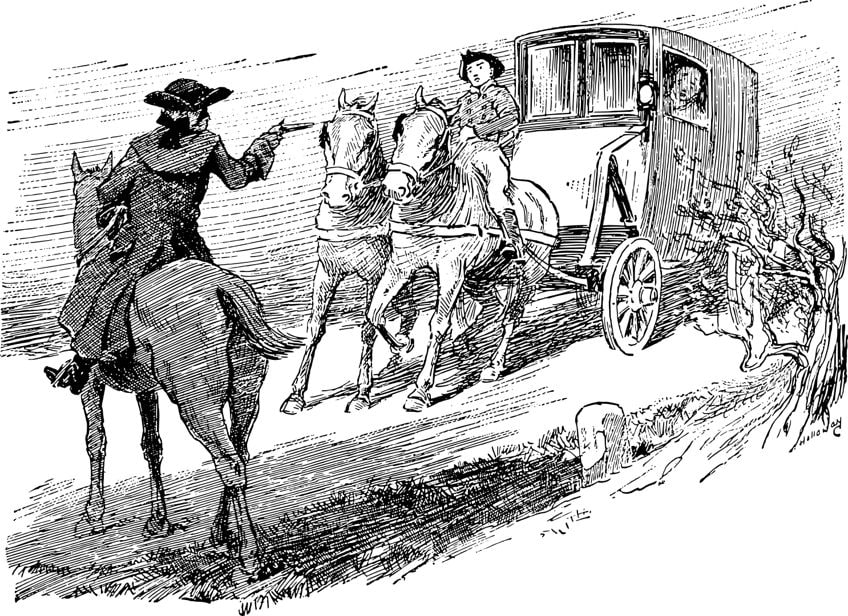
The Ballad in Music
While the ballad is a famous form of poetry, it has also come to be associated with music, especially in the modern day. While the earliest and most famous ballad poem examples were set to music, such as many folk ballads, the form has also come to be associated with music in a more specific sense. The term “ballad” has come to refer to a type of music.
These musical versions do generally make use of the same kind of characteristics as the ballad in poetry, but they are specifically designed as songs and not as poems.
Some of the most famous of these ballads in music include power ballads, like Queen’s Bohemian Rhapsody and Poison’s Every Rose Has Its Thorn. These types of ballad song examples often use repetitive structures, specific meters, and a focus on the lyrics over the music. This goes to show how the ballad in poetry has gone on to have significant influence outside of the specific bounds of the poetry itself and has become a staple of modern-day popular culture.
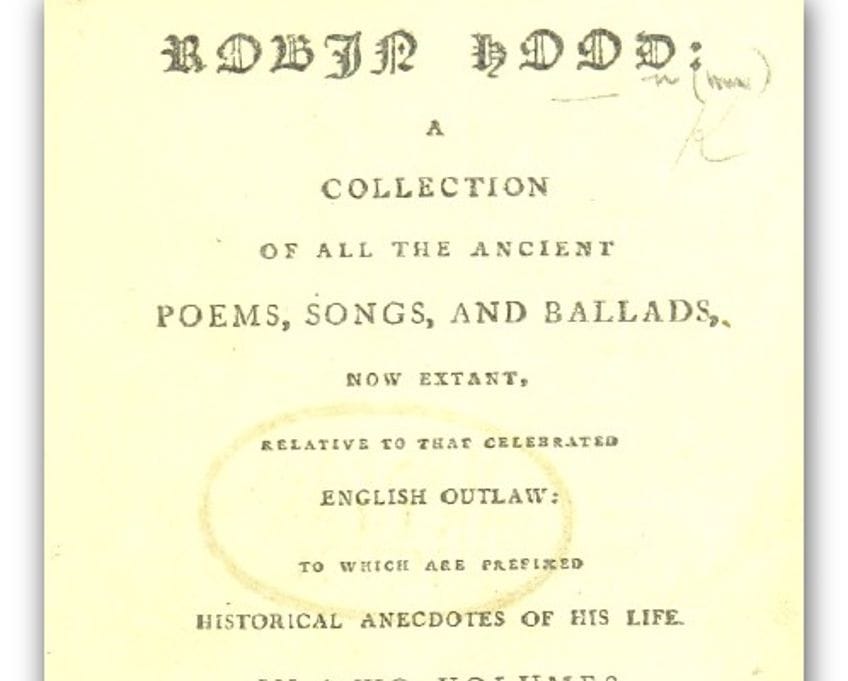
And with this final examination of the ballad in music, we have come to the end of our attempt to answer the question, “what is a ballad poem?”. This famous form of poetry has been around for hundreds of years, and we have discussed the history of the form, its characteristics, the different types of ballad poems, and some famous ballad poem examples. Hopefully, this has provided a good and substantial overview of this form of poetry, but there are many more types of poetry that are also worth your time and attention.
Frequently Asked Questions
What Is a Ballad Poem?
In terms of the traditional usage of the ballad in poetry, this form is generally associated with music and a narrative presentation. This type of poetry was originally set to music, and this may be why it has come to be associated with music in a more specific sense over the last few decades. This particular form has a strong association with the English language and is considered to be one of the oldest types of English poetry.
What Are the Characteristics of Ballad Poetry?
The primary characteristics of the ballad poem include a more musical general quality to the presentation, through the use of an ABCB rhyme scheme, a repeated refrain in a similar sense to the modern usage of the chorus in music, and a rhythmic meter. This means that the ballad poem generally attempts to use a bouncier and more informal arrangement. It is generally meant for entertainment.
What Are the Different Types of Ballad Poems?
There are a number of different types of ballad poems, and some of the primary types include folk, lyrical, and modern ballads. However, as the ballad has become so variable and ubiquitous, there have been later forms and adaptations of the ballad variety of poetry. For instance, there are also types of ballad poems, albeit in a more specific capacity than those that have been mentioned above, such as blues and bush ballads.
What Is the Ballad in Music?
Ballads have become a staple in popular music over the last few decades, and they are still generally quite similar to their structure and layout in poetry. These songs make use of a narrative of some kind that has been set to music, and many of them follow similar rhyme schemes to the ballad in poetry, such as the use of the ABCB rhyme scheme. Ballads in music also often make use of repeated sections.
What Is a Folk Ballad?
A folk ballad is the oldest of the different types of ballad poems. This form is generally anonymously written and widely adapted and altered through its use. These poems were traditionally passed down in the oral tradition and so little is known about their exact origins. They often entail stories of folk heroes and are set to music. For instance, many of the earliest stories about Robin Hood came through folk ballads.
Justin van Huyssteen is a freelance writer, novelist, and academic originally from Cape Town, South Africa. At present, he has a bachelor’s degree in English and literary theory and an honor’s degree in literary theory. He is currently working towards his master’s degree in literary theory with a focus on animal studies, critical theory, and semiotics within literature. As a novelist and freelancer, he often writes under the pen name L.C. Lupus.
Justin’s preferred literary movements include modern and postmodern literature with literary fiction and genre fiction like sci-fi, post-apocalyptic, and horror being of particular interest. His academia extends to his interest in prose and narratology. He enjoys analyzing a variety of mediums through a literary lens, such as graphic novels, film, and video games.
Justin is working for artincontext.org as an author and content writer since 2022. He is responsible for all blog posts about architecture, literature and poetry.
Learn more about Justin van Huyssteen and the Art in Context Team.
Cite this Article
Justin, van Huyssteen, “What Is a Ballad Poem? – The History of Musical Poetry.” Art in Context. September 22, 2023. URL: https://artincontext.org/what-is-a-ballad-poem/
van Huyssteen, J. (2023, 22 September). What Is a Ballad Poem? – The History of Musical Poetry. Art in Context. https://artincontext.org/what-is-a-ballad-poem/
van Huyssteen, Justin. “What Is a Ballad Poem? – The History of Musical Poetry.” Art in Context, September 22, 2023. https://artincontext.org/what-is-a-ballad-poem/.


